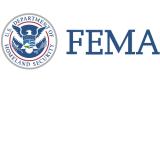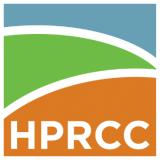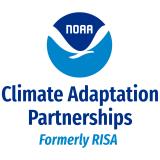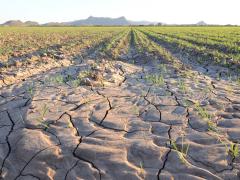For the latest forecasts and critical weather information, visit weather.gov.
New Drought-Specific Toolkit for THIRA Process
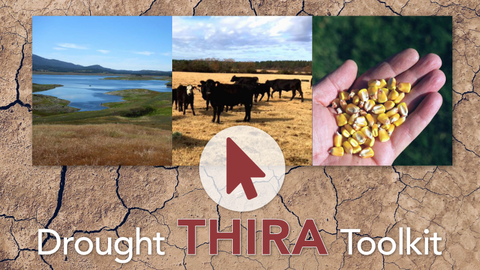 In order to help communities understand and prepare for the various hazards that could impact their people, infrastructure, and economies, FEMA has developed a risk assessment process to identify and determine their level of vulnerability to these risks. FEMA’s Threat and Hazard Identification and Risk Assessment (THIRA) is a three-step risk assessment process that helps states, tribes, territories, and local communities answer the following questions:
In order to help communities understand and prepare for the various hazards that could impact their people, infrastructure, and economies, FEMA has developed a risk assessment process to identify and determine their level of vulnerability to these risks. FEMA’s Threat and Hazard Identification and Risk Assessment (THIRA) is a three-step risk assessment process that helps states, tribes, territories, and local communities answer the following questions:
- What threats and hazards can affect our community?
- If they occurred, what impacts would those threats and hazards have on our community?
- Based on those impacts, what capabilities should our community have?
Through the NIDIS-SARP Coping with Drought Initiative, a team from the University of Nebraska Public Policy Center, the National Drought Mitigation Center, and the High Plains Regional Climate Center have completed a project to develop a drought-specific THIRA process. Using feedback from emergency managers, state and local agencies, decisionmakers, and other stakeholders, the team developed a customized drought-specific THIRA process within the Platte River Basin in Nebraska as a pilot region.
The goal of this project is to use climate data to develop, test, and disseminate a decision-support model which applies the THIRA process to drought scenarios using climate and hydrological data, while taking into consideration the complexity of interdependent water use between communities. The team examined the social aspects of drought planning and how the THIRA process could help build trust, social capital, and community cohesiveness, all building towards a “culture of planning” within and among communities.
The Coping with Drought Initiative is a joint Regional Integrated Sciences and Assessments (RISA) and Sectoral Applications Research Program (SARP) effort in support of and funded by NIDIS to develop decision-support research and resources to aid risk management in the context of severe, sustained drought and water resources management issues.
The Coping with Drought Initiative focuses on funding projects within the following three areas:
- Supporting cross-RISA team drought projects to build upon and highlight the experience gained throughout the RISA network of researcher-practitioner collaborations; specifically exploring issues of testing drought-focused tools across different regions and/or working across RISA teams on drought issues within a river basin or specified geographic area;
- Identifying via a sector-based impacts research effort the economic and social effects of drought (across the US) through methods compatible with the short and long-term data and information needs of policy and decision makers; and
- Meeting user requirements for the development of end-stage climate information tailored for specific decision needs associated with operational activities.
The 2018 Drought THIRA Application Toolkit is now available online, allowing planners and decision makers to use the THIRA process to identify and assess their vulnerability to drought, determine mitigation and response actions, develop recovery plans, and calculate the resources needed to prepare their communities for future droughts.
The development team for the Drought THIRA Toolkit presented an overview of the Toolkit and how to use it in a November 29, 2018, webinar. To watch the recording of the webinar, visit: https://youtu.be/oSwGZtL9aeQ
Visit http://droughtthira.unl.edu to learn more about the 2018 Drought THIRA Application Toolkit, watch the how-to webinar, and access the toolkit.


